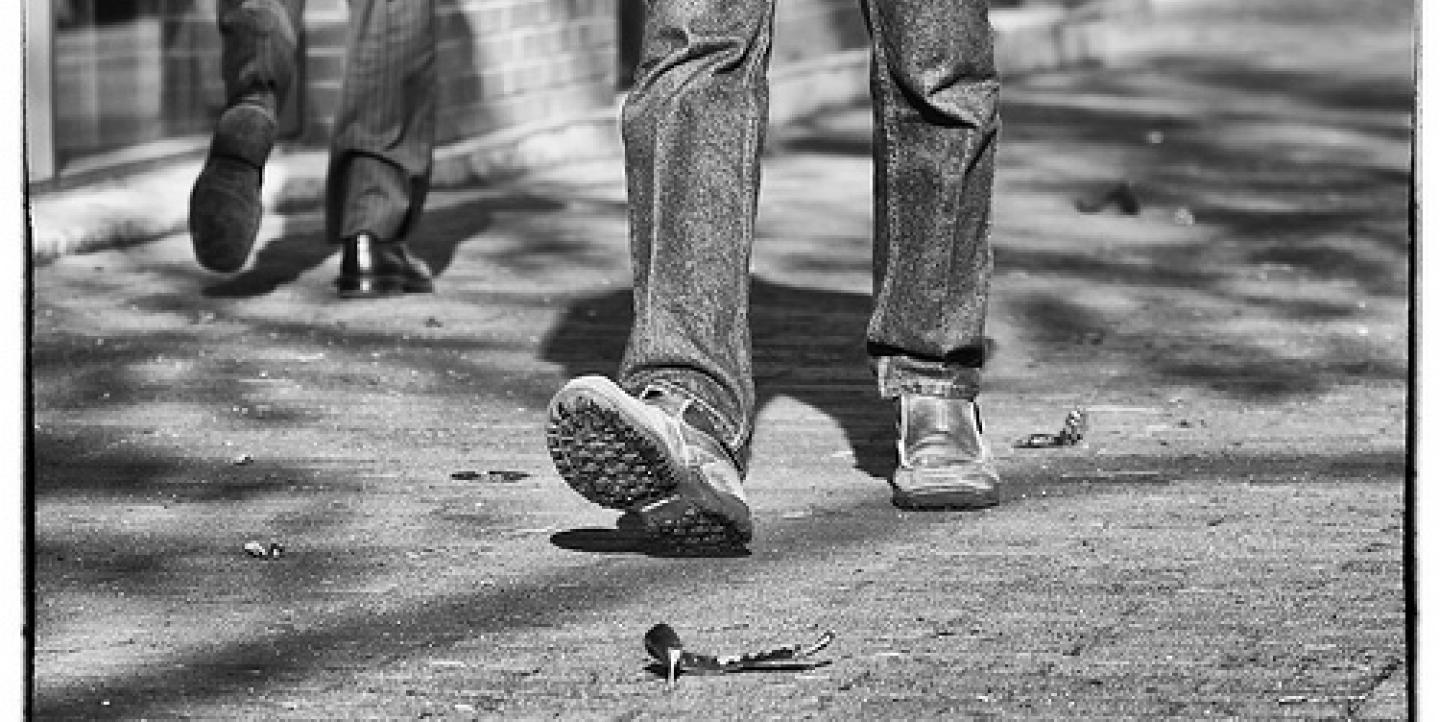Traditional beat reporting means finding your sources, checking in for new information and reporting the stories you find. But does that meet your community's needs?
Maybe not. In a recent post on Nieman Lab, former Voice of San Diego editor Andrew Donohue says that when his site asked people in the community what problems their neighborhoods had, the answers were "revelatory."
"However well-intentioned and important we felt our coverage of issues like a pension crisis, a convention center expansion, and a new Chargers stadium were, residents never once mentioned them as top priorities," he writes. Donohue, now a John S. Knight Fellow at Stanford University, thinks beat reporting is due for a redesign. He suggests a three-step process to leverage "engagement, impact and accountability" in community reporting:
1. Find the needs and the story.
The Voice of San Diego redesigned the beat for the organization's coverage of city council elections. Instead of bringing the candidates' agenda to the community, they brought the community's agenda to the candidates.
"We made a public call: We’re coming to your neighborhood. Show us what needs fixing," Donohue wrote. "We then sent a reporter into each district for one week. The reporters did ride-alongs with locals, quizzed residents and found out what city-level issues mattered to them."
Donohue suggests reporters encourage residents to address their own needs and devise solutions by hosting meetups, open-mic nights or design thinking bootcamps. Mix this new approach with the "old-fashioned way" of engaging the community through comments, email and lunch interviews with sources.
2. The traditional story or series.
This is what has always been done, but now instead of following the lead of your sources or government press releases, you're reporting on the issues that matter to the community.
3. Push for fixes.
Keep impact as a forefront goal of every story. Once a story is published, you can't just wait around for the community to react. Sometimes it takes a reporter's overseeing eye, exerting pressure and reporting examples of resolutions that have worked elsewhere, to achieve results. Sort out who should be held accountable, offer a few possible fixes to the problem or lead a problem-solving team.
Reporters should also hold themselves accountable, so they don't end up working too long on a story that offers no impact or community change. That way, "perhaps we’d be less likely to always fall back on the softest of notions, that our reporting 'increased community conversation,'" Donohue writes.
Image CC-licensed on Flickr via dibytes.

